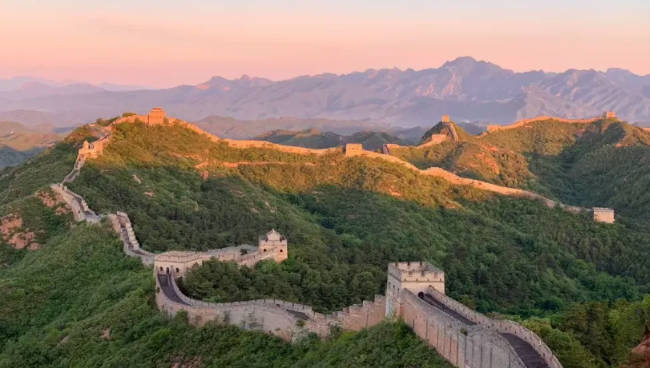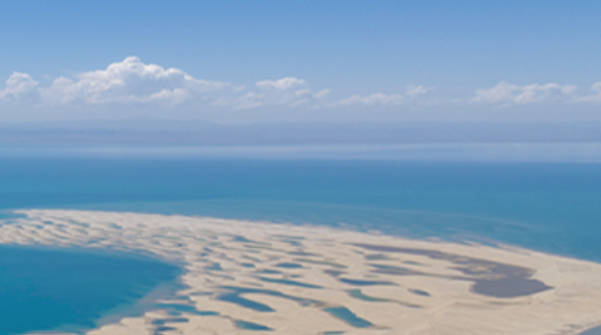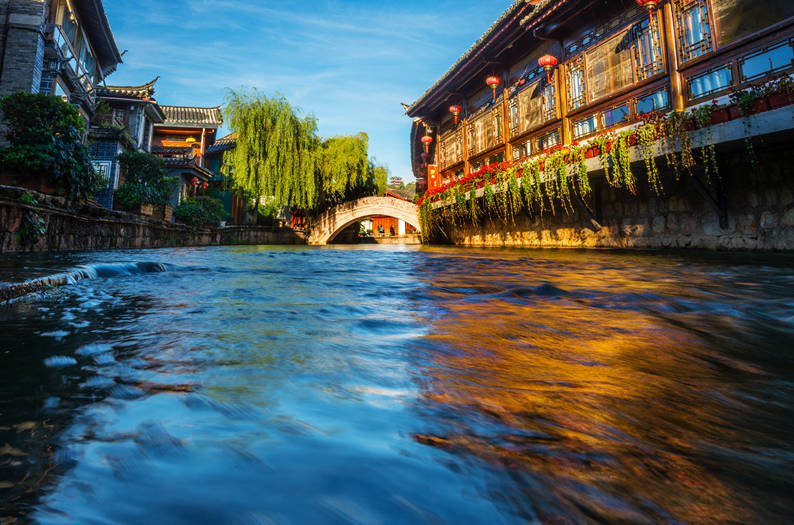With a forest coverage rate of 98%, the park hosts 93 families and 517 species of woody plants, including seven rare tree species that are nationally protected. It boasts more woody plant species than all of Europe combined, with “Davidia involucrata” and “Ginkgo biloba” known as “living fossils.” The park is home to diverse and precious wildlife, with 41 species of birds and 28 species of mammals, including seven nationally protected rare animals, earning the nickname “Natural Zoo.”
The natural scenery here is characterized by remarkable peaks, tranquil valleys, lush forests, beautiful waters, and mystical clouds. It features over 3,800 distinct peaks, with heights ranging from 100 to 300 meters. The mountains are cloaked in greenery year-round; the rock formations resemble humans, animals, or objects, with vivid and spectacular shapes. Streams flow between the peaks, and deep gorges are shaded by dense foliage. The area is famed for its beauty, described as “Three Thousand Green Peaks and Eight Hundred Glimmering Waters.” In spring, the mountains are adorned with vibrant flowers; in summer, the forests are lush and breezy; autumn brings clear skies and vibrant foliage; and winter cloaks the landscape in snow, creating a silver wonderland.
Zhangjiajie is like a graceful girl emerging from the deep boudoir, a scenic jewel nestled in the heart of the Wuling Mountains. The park has developed six tourist routes with 136 scenic spots, among which Huangshizhai and Jinbian Creek are promoted as international golden routes.
The park features convenient transportation, advanced communications, and comprehensive tourism facilities, including dining, accommodation, transportation, entertainment, and shopping services, making it an ideal destination for tourism, leisure, and business negotiations.
Over the past decade, the park has adhered to the principle of “protection first, development second,” effectively utilizing its unique natural resources while enhancing protective development. High-standard stone paths have been constructed, along with hotels, postal services, commercial facilities, hospitals, banks, and schools. Cable cars have been installed, and cultural attractions such as “Liuyi Pavilion,” “Washing Dust Pavilion,” “Pine Wave Hall,” and “Zoo” have been established. The park prioritizes forest protection, employing network management, and has built lookout towers for fire prevention, established seven fire protection points, created 52 kilometers of firebreaks, and constructed 19 kilometers of fire roads and 75 kilometers of fire lanes. It has achieved 43 consecutive years without forest fires or pest outbreaks, earning titles such as “National Civilized Forest Park,” “National AAAA Tourist Scenic Area,” “National Advanced Unit for Afforestation,” and “National Scenic Area System Advanced Collective.” In March 1994, the Ministry of Forestry designated Zhangjiajie National Forest Park as one of the 20 demonstration forest parks in the country. Since its establishment, the park has expanded its tourism market and steadily developed forest tourism. Its reputation and appeal have grown, leveraging events like the “International Forest Conservation Festival” to showcase Zhangjiajie’s extraordinary natural beauty to both domestic and international audiences. Major leaders in politics, military, and government have visited the park, including General Secretary Jiang Zemin, who toured the park on March 27, 1995, and emphasized building Zhangjiajie into a renowned tourist destination. Domestic tourists now come from 30 provinces and regions, while international visitors have expanded from Hong Kong, Macau, and Taiwan to Southeast Asia, North America, and Western Europe. Over the years, the park has welcomed over 10 million visitors, with annual economic income and tax revenues on the rise.



